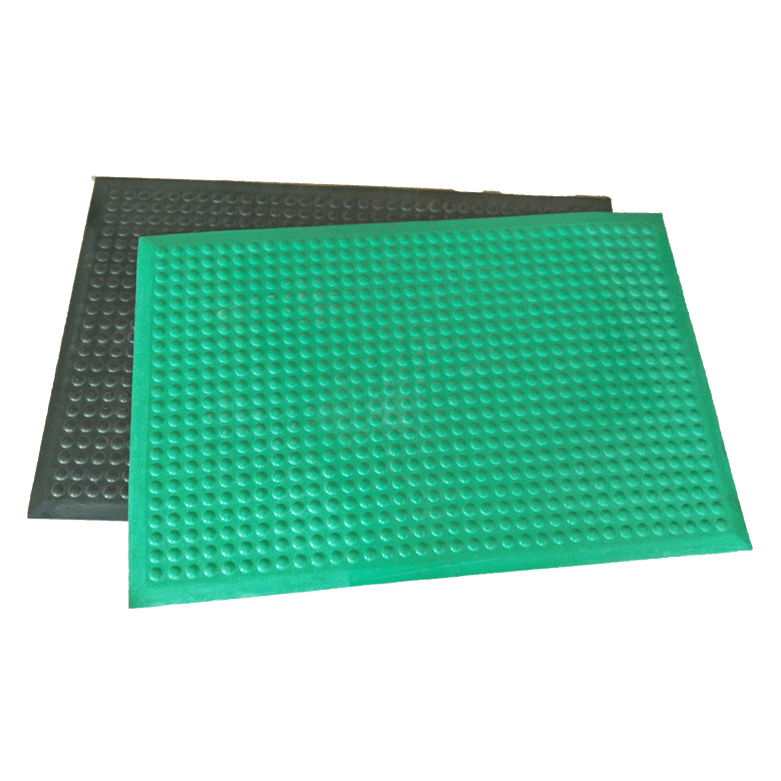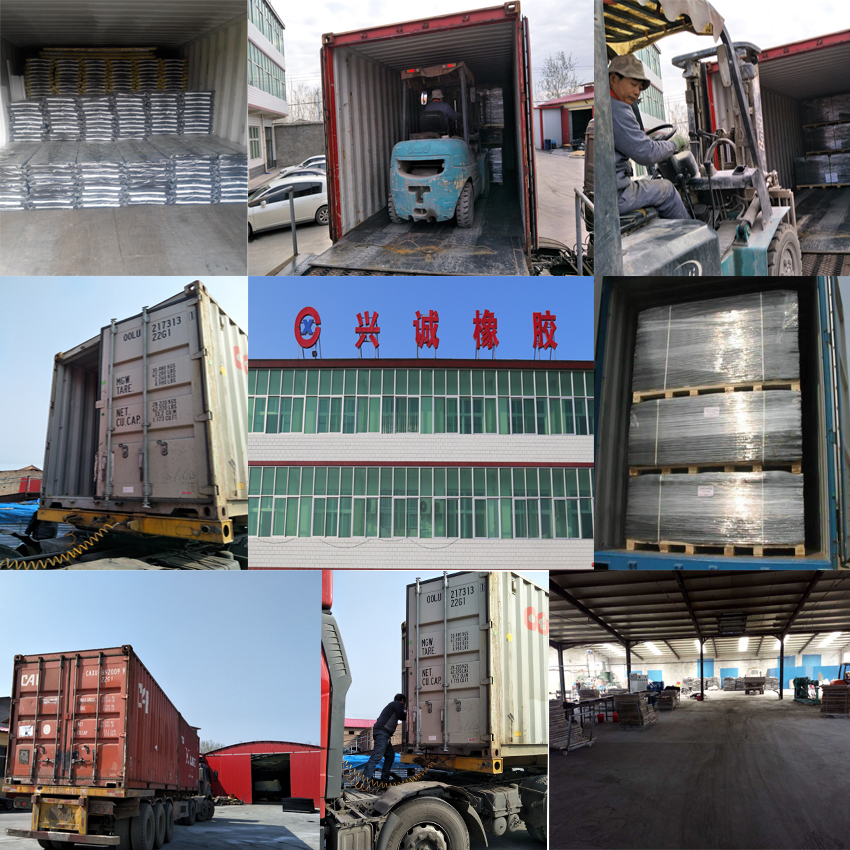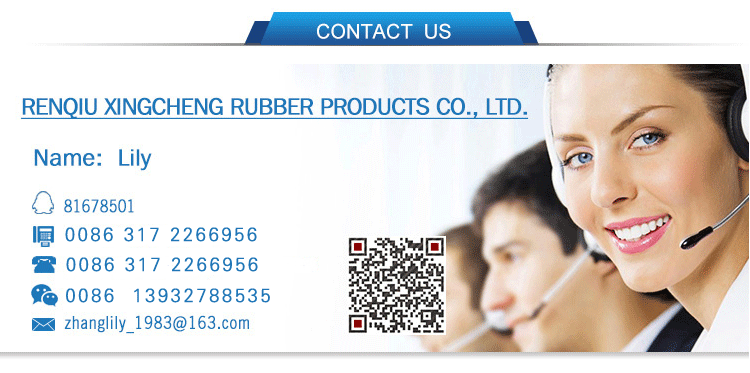The initial strength of Al2O3 sample is higher ($t=0), and the intensity rapidly decreases once it approaches the critical temperature difference. Although the initial strength of the sample after the addition of zirconia decreased, the critical temperature difference increased with the addition amount, and the decrease of the thermal shock intensity also decreased significantly. The shape of the heat shock curve of Ze sample and Al2O3 sample is similar, but the strength of the sample decreases significantly after more than 200e. The strength of Zw sample decreases with the increase of zirconia content, but the thermal shock temperature difference and intensity decrease amplitude have been significantly improved. For example, Zw15 sample strength is almost unchanged in the range of 0-900e, indicating that the material has very superior thermal stability. Sex. The above experimental results and phenomena can be explained as follows: The zirconium oxide precipitated particle agglomeration degree can be controlled by different cleaning media. After cleaning in the water medium, the precipitate particles form an oxygen linkage structure during the drying process, resulting in hard agglomeration. On the other hand, the hydroxyl groups on the surface of the granules of the hydrated zirconia hydrogel form hydrogen bonds with the hydroxyl groups on the surface of the hydrated zirconia gel after washing with the alcohol medium. This reduces the surface energy of the precipitate and forms steric hindrance. The addition of stabilizer-free zirconia is followed by sintering in the cooling stage. The phase transformation stress and the residual stress between the two phases of zirconium and aluminum work together, resulting in the presence of a large number of micro-cracks, which is beneficial to the improvement of the toughness, but the micro-cracks are connected and perforated to lead to a decrease in strength.
Agglomerated zirconia can effectively increase the length of cracks and cracks, increase the critical temperature difference, and greatly reduce the attenuation of residual strength. In order to further quantitatively describe the thermal shock behavior of aluminum-zirconium materials, a multi-phase material thermal shock is established by a functional construction method. Universal equations, and surface fitting and isoline distribution. The strength curves of Ze-based materials show that the curves are densely distributed in the range of 100-300e, indicating that the strength of the material decays quickly. The thermal shock behavior of Zw-based materials is somewhat different. It appears as a ring-shaped high-stepped surface, reflecting that the temperature difference rapidly increases with increasing zirconia content. Once the zirconia content exceeds 10%, the temperature is within 0-900e for the strength. Has little effect.
According to the relationship between the crack propagation length and temperature difference of ceramic materials, the critical temperature difference is theoretically calculated by measuring the crack length, but it is difficult to carry out in experiments. The $tC can be measured by data fitting and thermal shock surfaces. The crack length was calculated by the thermal shock damage factor Rd. The results showed that the Rd values ​​of the two groups of materials increased as the content of zirconia increased, while the $tC also increased almost in proportion to Rd, and the water washing had a greater influence on the Rd value. It shows that the thermal shock damage mechanism of materials dominates. The water medium cleaning process is beneficial to the improvement of the thermal shock performance of the zirconium-aluminum refractories. When the content of zirconia is up to 15%, the thermal shock strength of the material in the 0900e range remains basically unchanged. At the same time, the method of introducing agglomerated zirconia instead of the micropores in traditional alumina can effectively improve the thermal shock resistance of corundum materials. Through the research and development of refractory fitting surfaces, the thermal shock behavior of the material can be quantitatively characterized and the critical temperature difference can be accurately measured. At the same time, the critical temperature difference is directly related to Rd, indicating that the thermal shock damage mechanism of materials dominates.
There is a very good reason why non-slip mats are predominantly made out of rubber! This material naturally offers a high coefficient of friction which translates to excellent gripping capabilities. Here at Floor Mat Company, we take full advantage of these natural qualities and add to them with richly textured designs that work to help inhibit movement and increase slip resistance in slick and wet areas. Perfect for residential, commercial, or industrial settings, our anti-slip flooring will help protect guests, customers, and employees from potentially devastating accidents that could result in costly medical bills. Falls and trips can be more damaging than many people realize; that`s why we attempt to limit them at every opportunity. Our non-slip mats are custom cut to need, Essentially, no matter your size requirement, we`ve got you covered. They`re also easy to install and even easier to maintain!
Add a layer of grip and safety to your floors with rubber anti-slip flooring from the Rubber Flooring Experts. Anti-slip rubber matting offers traction, resilience, cleanliness, and affordability to your business workplace. A temporary anti-slip floor mat is a cost-effective piece of insurance to protect your clients, customers, and employees when floors become unsafe!
Fortunately, slip-related accidents can be easily prevented by installing use of rubber anti-slip flooring mats. The rubber that is used to make our anti-slip rubber matting is a water-resistant material that has a high natural coefficient of friction. Friction is the amount of resistance counteracting an object's movement across a surface, such as feet across a flooring surface. Due to rubber's high frictional coefficient, anti-slip flooring has high levels of traction, the frictional force that stops your feet from slipping. High traction is the key to ensuring the stability and balance of those standing on top of a rubber anti-slip floor mat. The traction provided by anti-slip rubber matting provides people with safe, secure footing while walking and reduces the likelihood of slip accidents. Installing rubber anti-slip flooring adds a superior level of slip resistance to a floor surface that may otherwise be slippery and dangerous.


company information:
RenqiuXingcheng Rubber Products Co., Ltd. is located in the side of the Baiyang lake, our company is professional manufacturer of rubber products. We are one of the leading rubber company in china,The company is a private enterprise which is engaged in scientific research, production, sales and service and has obtained ISO 9001 certification. Our main business is producing all kinds of rubber products, including anti-skid plates, Rubber Sheet Series, Rubber Mat Series and horse mat series ect., The products are shockproof, anti-wear, anti-high and low temperature, anti-aging, oil resistant and chemical resistant in character.At present, our products have been sold at home and abroad and mainly exported to Canada, Germany, Chile, etc. We welcome domestic and foreign merchants to negotiate and cooperate with us. We are willing to join hands with old and new friends in creating a better tomorrow.


Non-Slip Rubber Mat,Non Slip Treads,Rubber Floor Mat,Anti Slip Mat
Renqiu Xingcheng Rubber Products Co., Ltd. , http://www.xingchengrubber.com
![<?echo $_SERVER['SERVER_NAME'];?>](/template/twentyseventeen/skin/images/header.jpg)